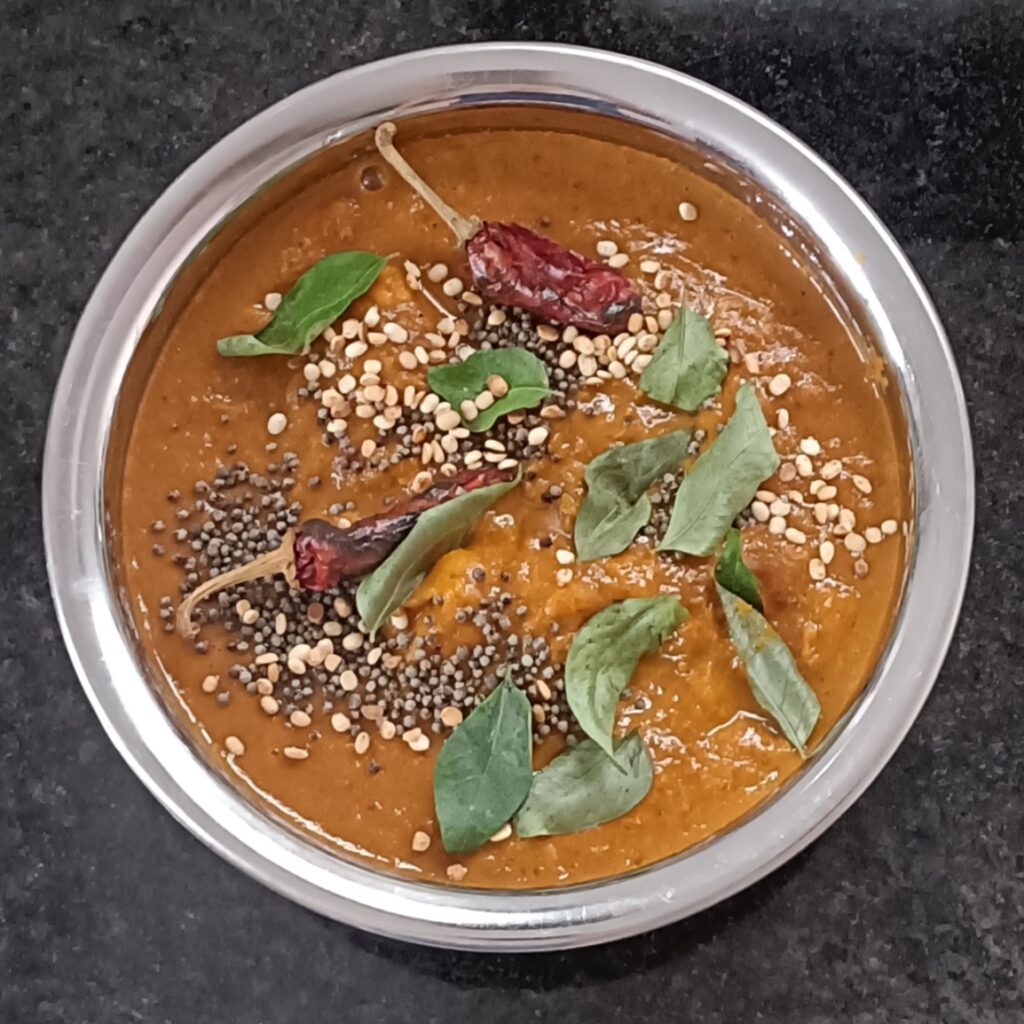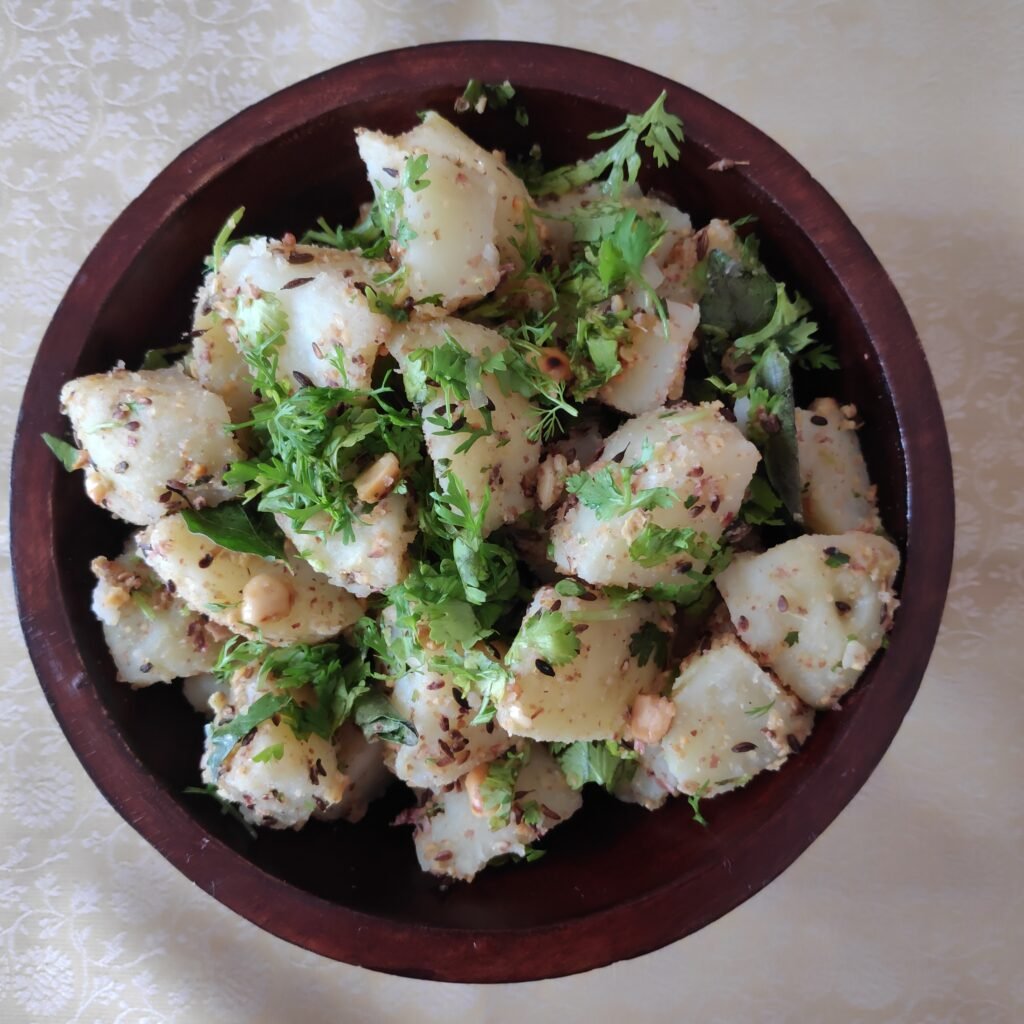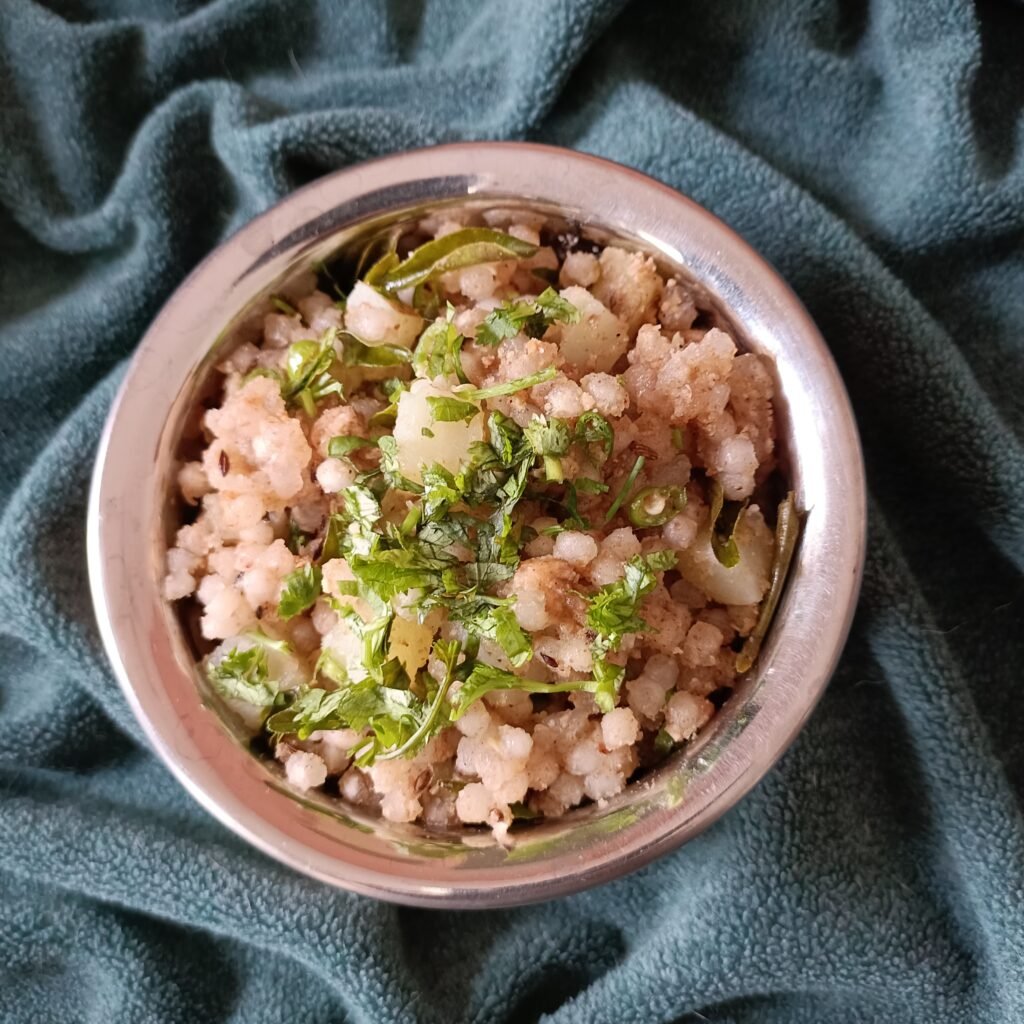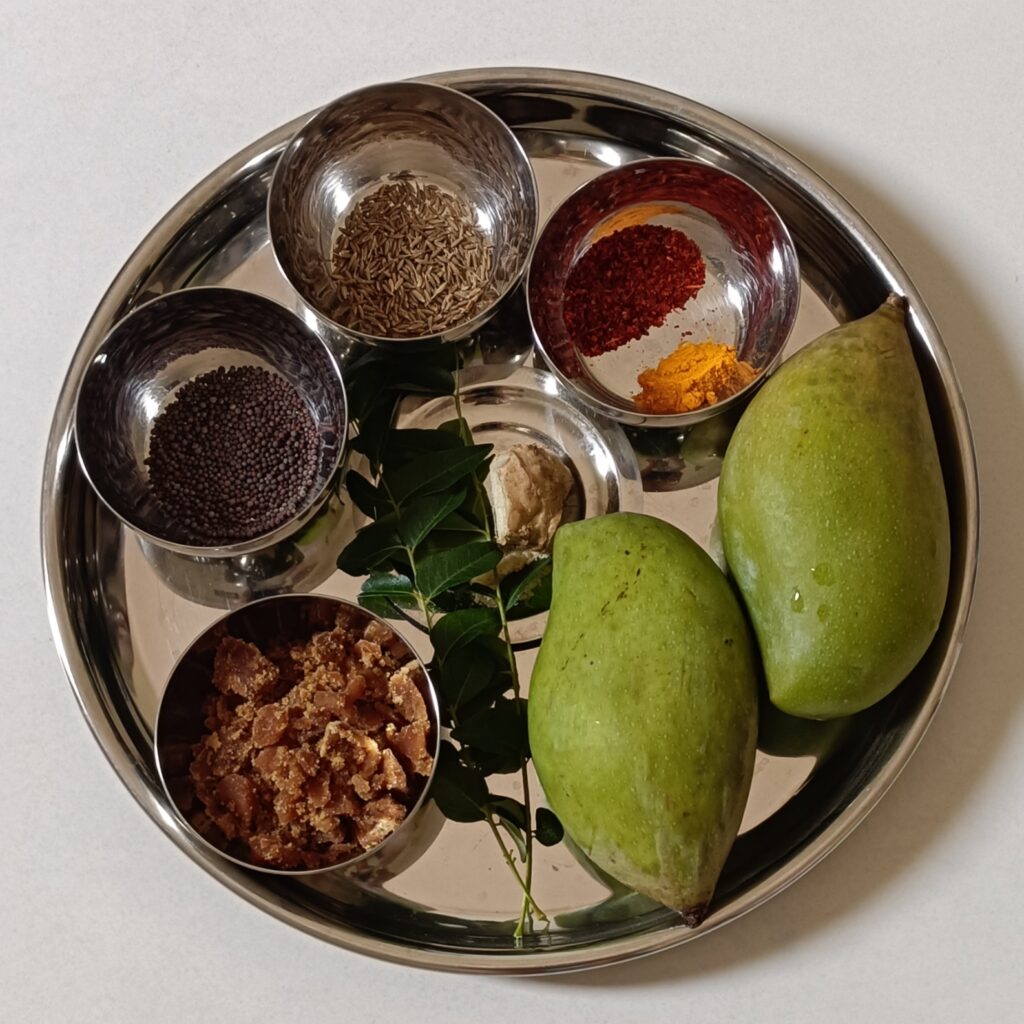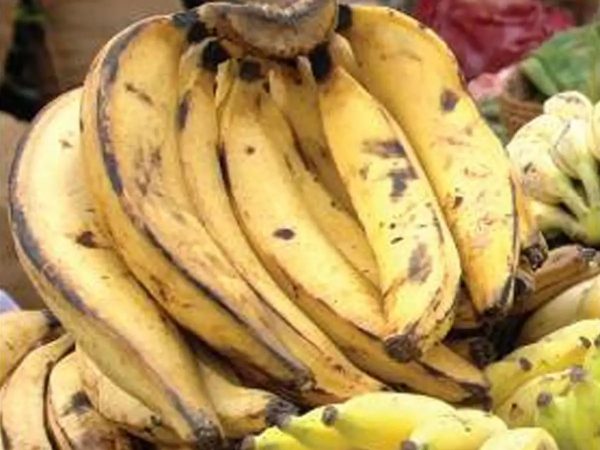
Myndoli Kelya Chi Halwo (Myndoli Banana Halwa)
The Myndoli banana, also known as the Moira banana, is a large culinary-type banana that is popular in Goa, India. It is cultivated in areas along the tributaries of the Chapora and Mapusa rivers, particularly in Pernem, Bicholim, and Bardez talukas. The Myndoli banana is deeply ingrained in Goan culture and is a valuable gift, particularly during festivals and celebrations. These bananas are fleshier than most other bananas, have a tusk-shaped appearance, are long and large in size, and are distinctively sweet in taste. The skin of the Myndoli banana naturally transforms from green to golden as it ripens and develops black spots. Myndoli bananas are used in various dishes like halwas, sheera, etc. as well as in shakes. Like most bananas, the Myndoli banana is also a nutritional powerhouse and is rich in energy because of the naturally occurring sugars. It also provides vitamins like vitamin C, minerals like potassium and magnesium and a good amount of fibre. Vitamin C is important for immune function and antioxidant protection. Potassium is essential for heart health and fluid balance. magnesium plays a big role in making our body work right. More than 300 chemical reactions inside our body depend on this valuable mineral. Without magnesium, our muscles can’t move properly, and our nerves can’t send and receive messages. Magnesium also keeps the heart rhythm steady, blood sugar levels balanced, and our joint cartilage healthy. It helps the body make protein, bone, and DNA. Dietary fiber aids digestion and can contribute to feelings of fullness.

